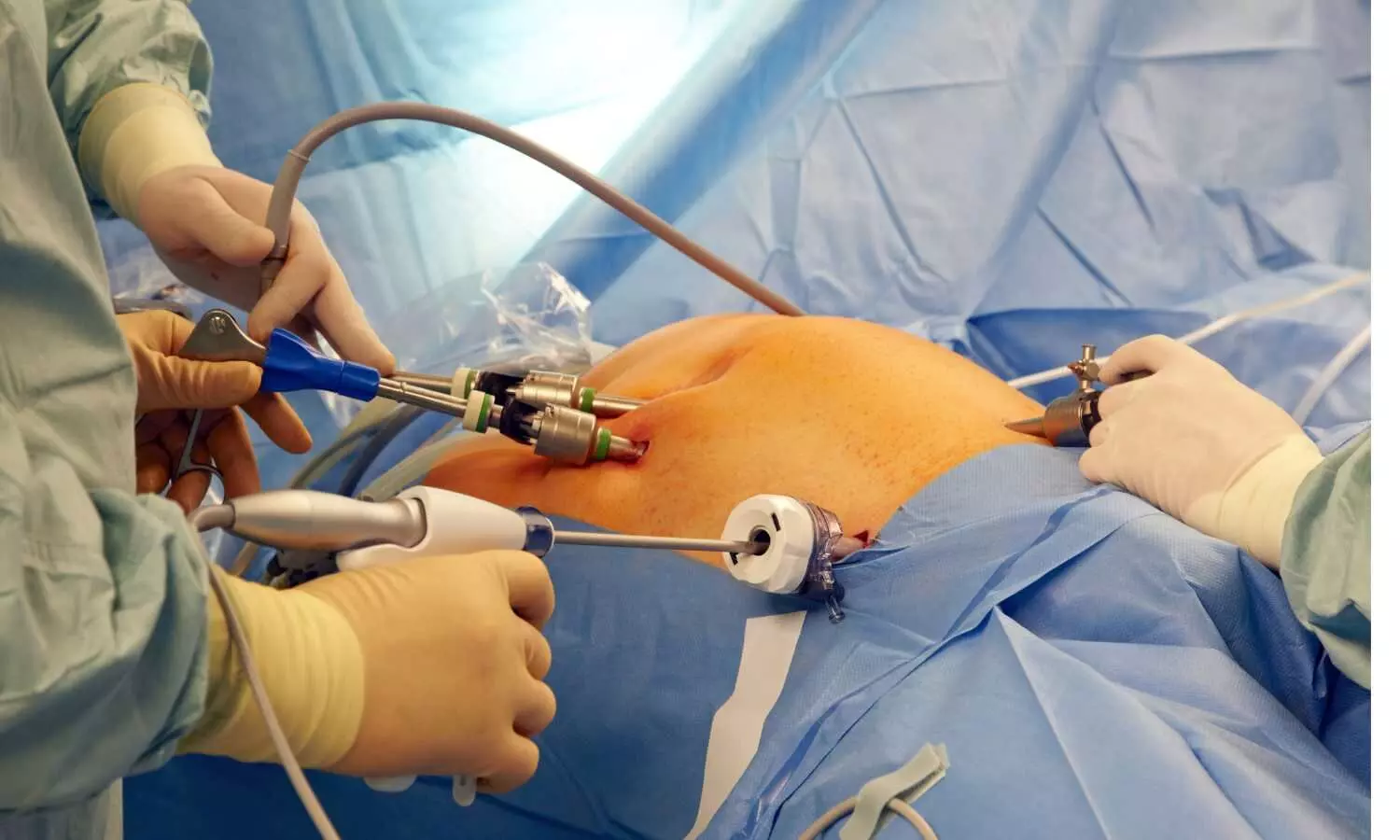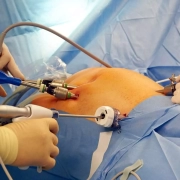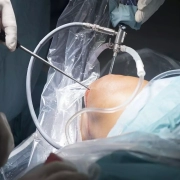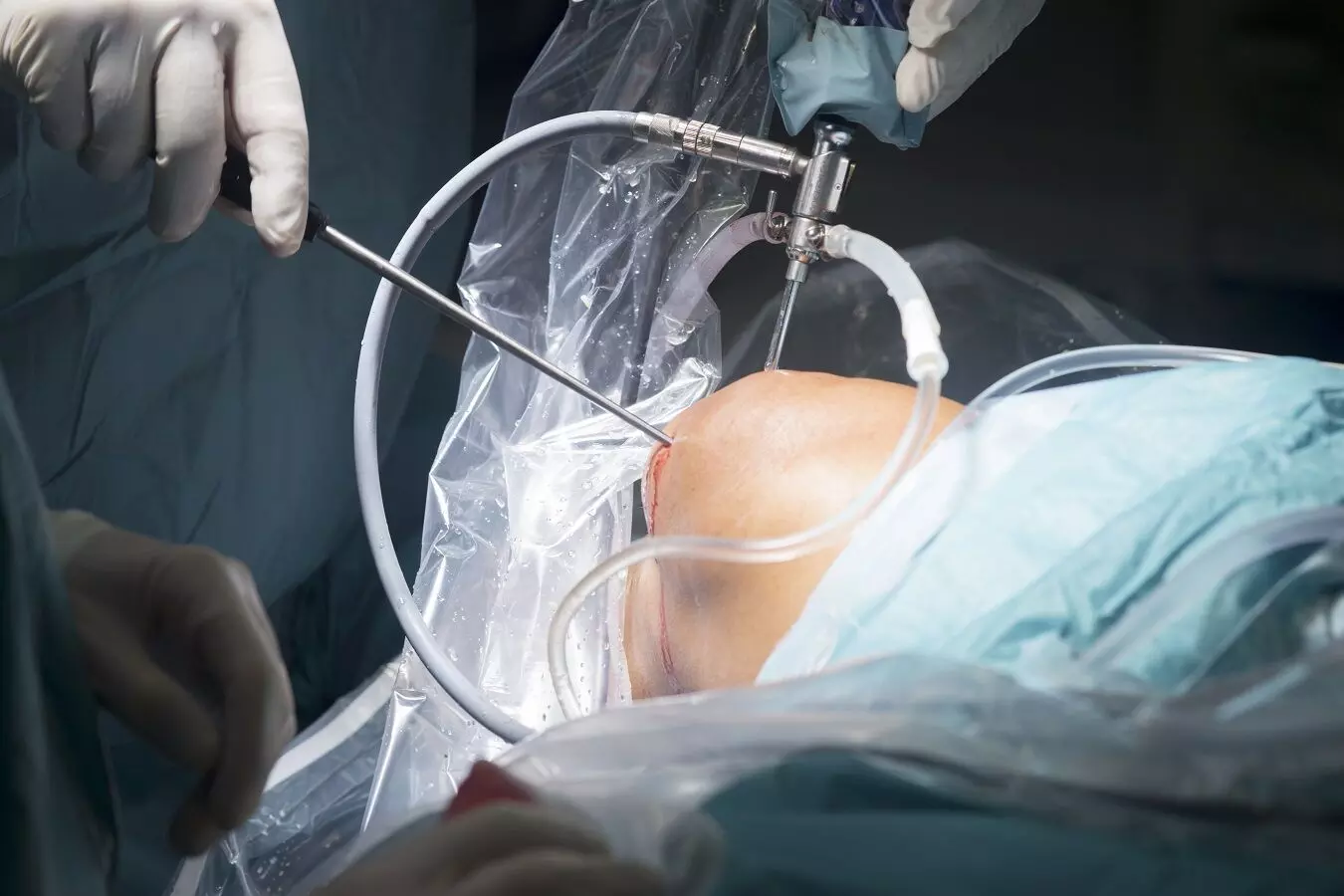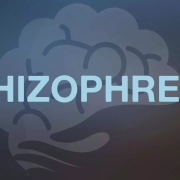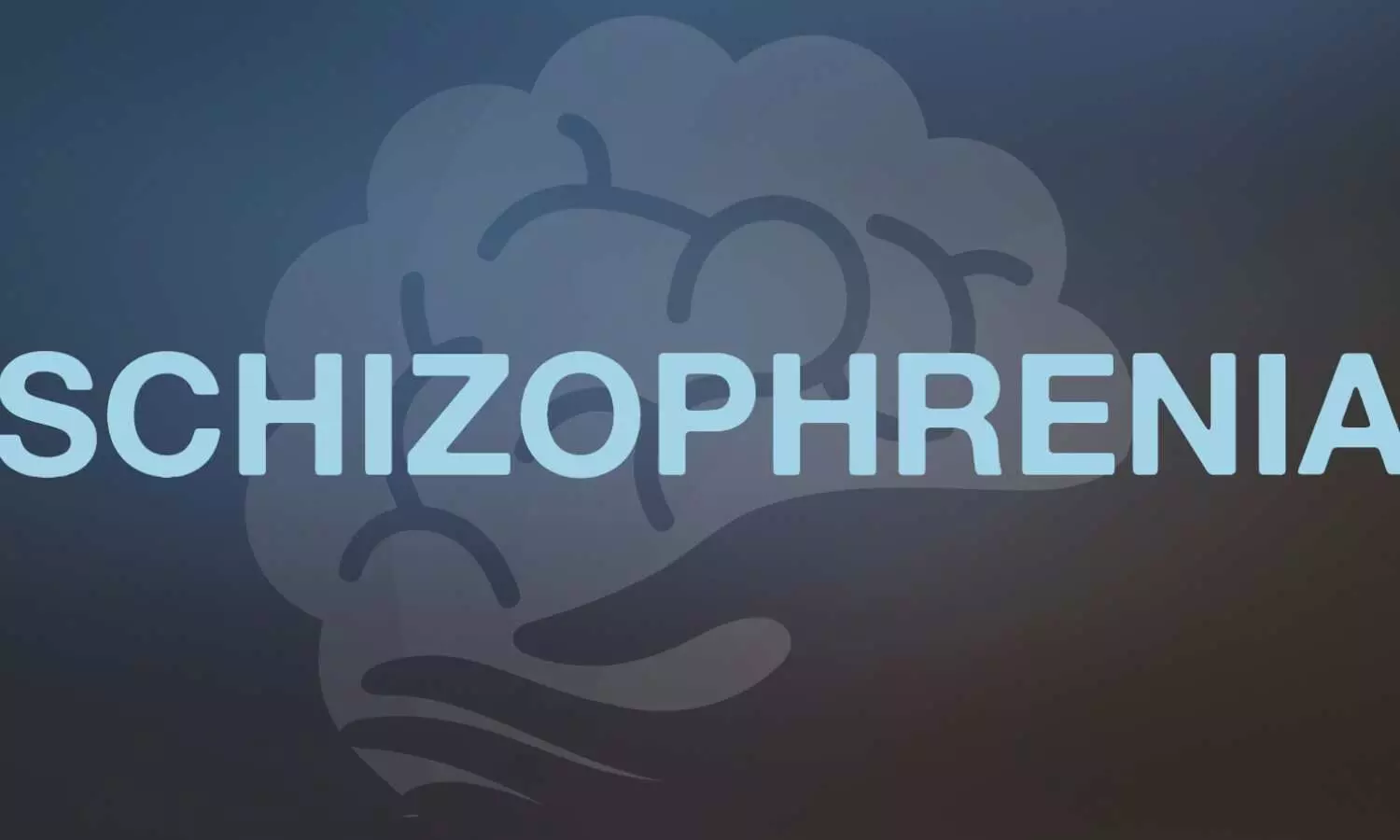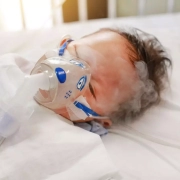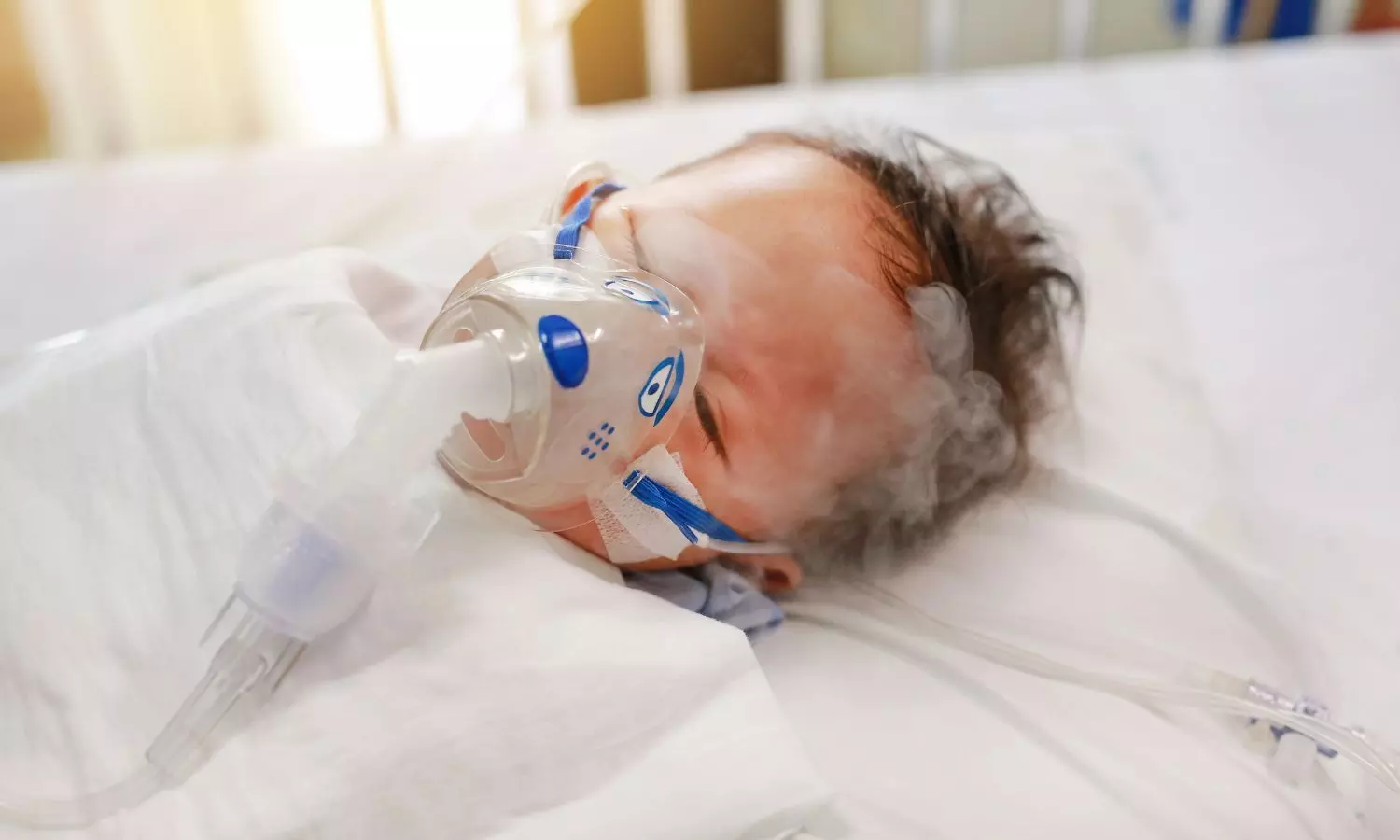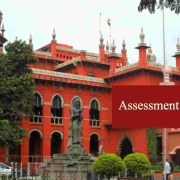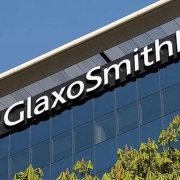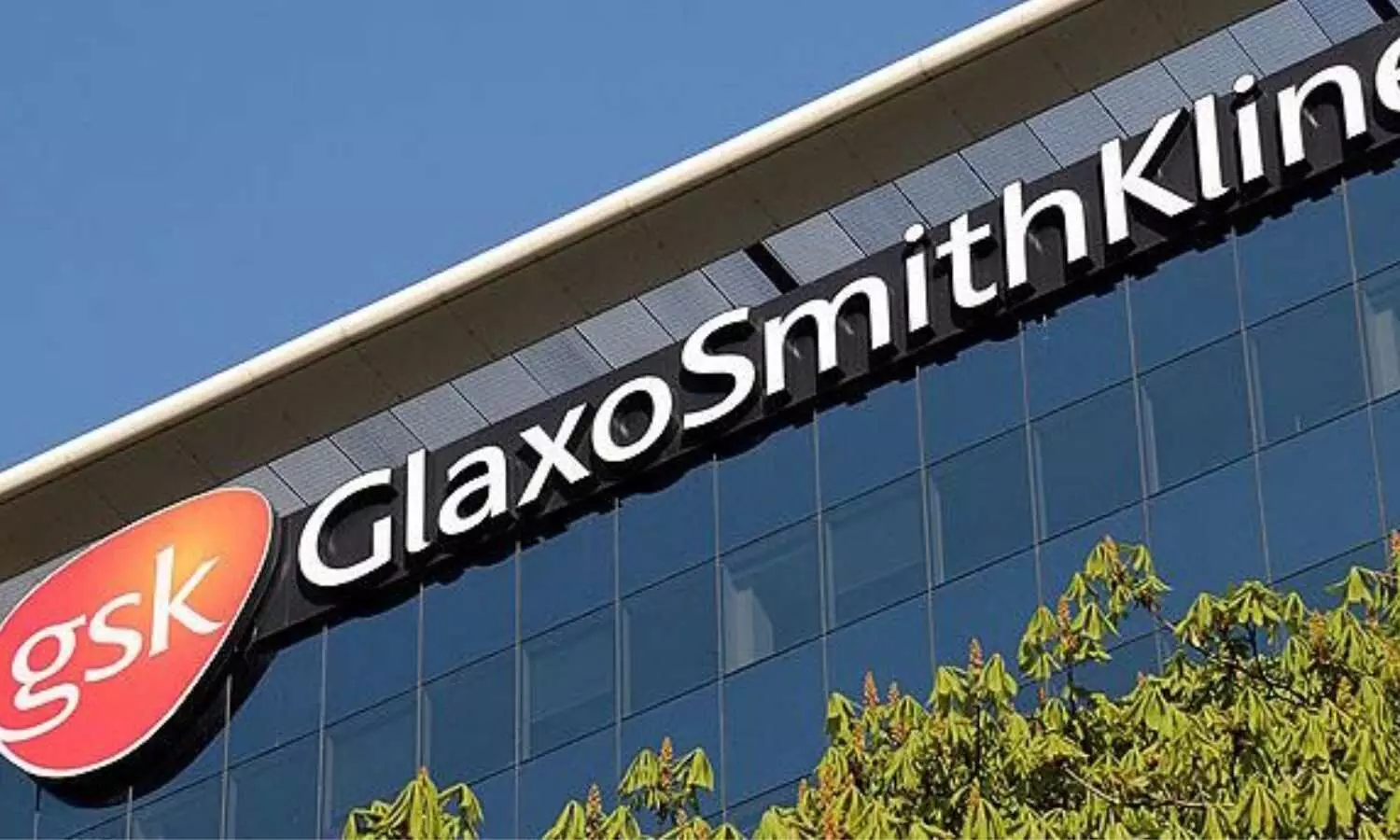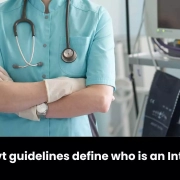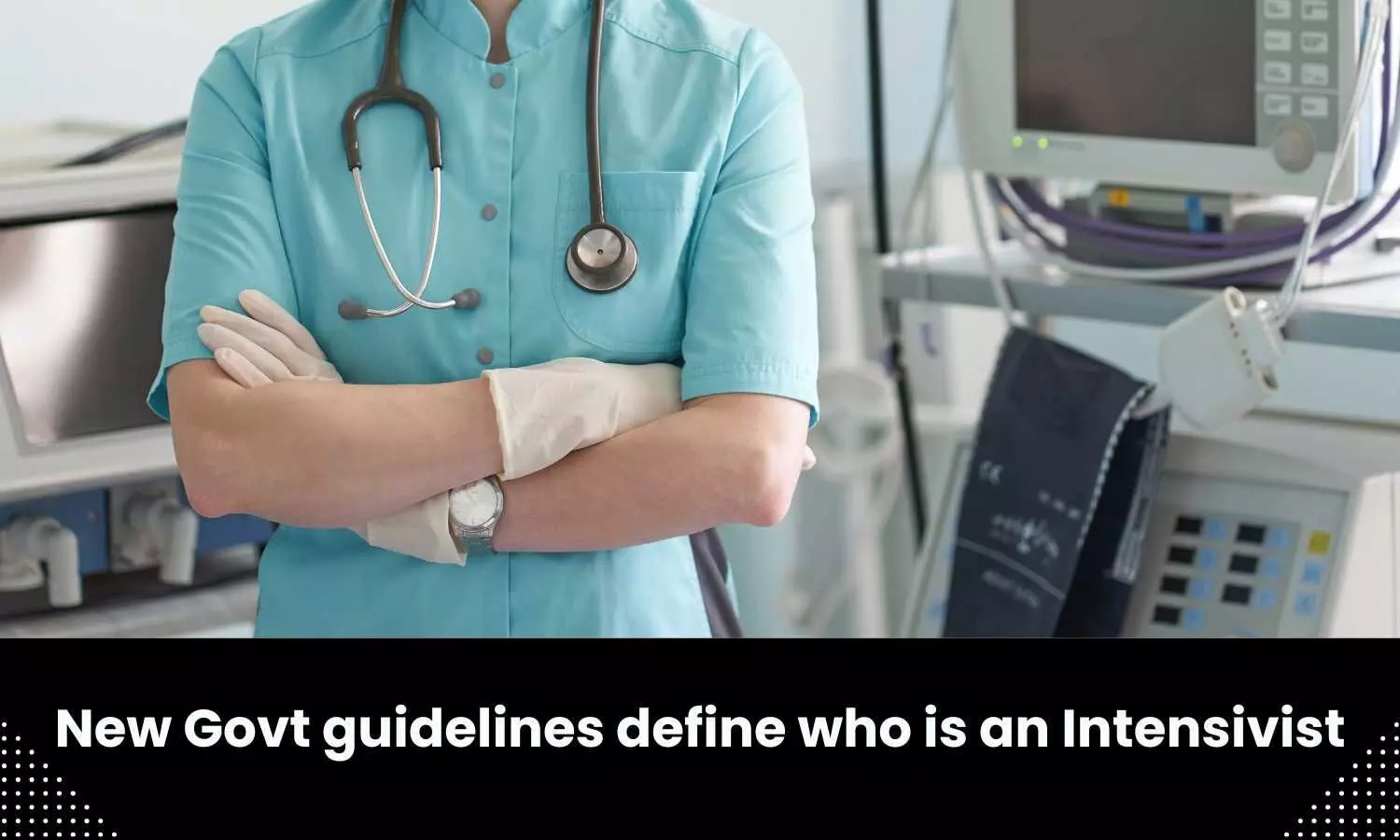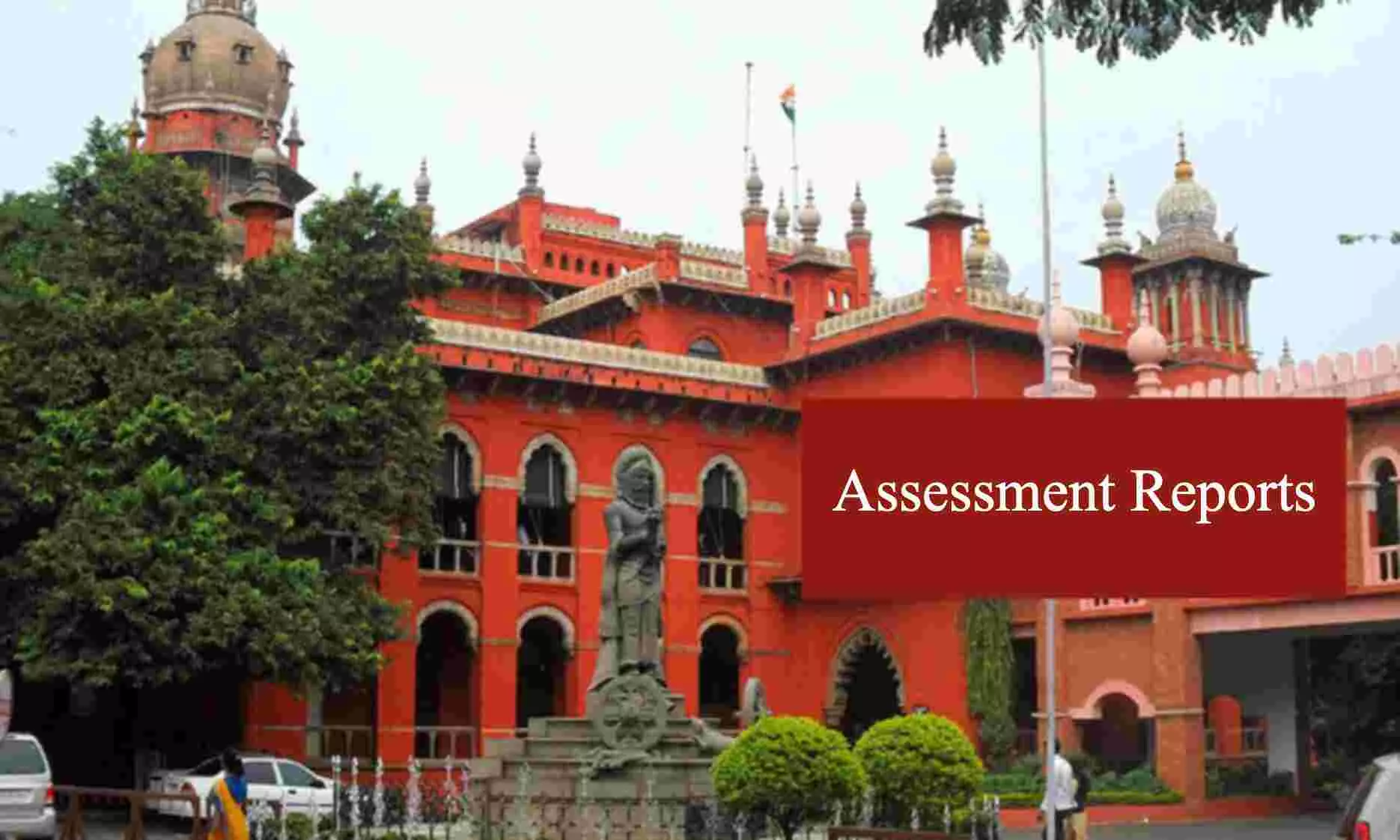
Chennai: The Madras High Court recently briefly heard a plea seeking the timely publication of medical college assessment reports for all academic years, before the commencement of All India Counselling on the National Medical Commission’s (NMC) official website. The case has been adjourned for further proceedings, till 19.01.2024.
Filing the plea, the petitioner Dr. Mohamed Khader Meeran has urged the HC bench to take immediate action to promptly publish the infrastructure assessment reports of medical colleges for the academic years 2023-2024, 2022-2023, 2021-2022, 2020-2021 etc. Further, he has also prayed to the court to ensure the availability of historical assessment reports on the NMC website.
After briefly hearing the matter, the HC bench comprising Chief Justice SV Gangapurwala and Justice Bharatha Chakravarthy listed the matter for further hearing on January 19, 2024.
Apart from the NMC, the other authorities who have been made a party in the case include the Central Government, the Director General of Health Services (DGHS), and the Medical Counselling Committee (MCC). On behalf of the petitioner, Advocate Mr. S. Mohamed Ansar M.L appeared during the hearing.
Also Read: Make all medical college assessment reports public: CIC tells NMC
The Issue:
After NMC superseded the erstwhile Medical Council of India (MCI), NMC website replaced the MCI website in the new domain. Along with this, the data and other documents uploaded by MCI including the college assessment reports of the previous academic year were also removed from the MCI website.
Raising this issue, Dr. Meeran had previously filed an RTI application and sought the medical college assessment reports for the academic year 2020-2021 and 2021-2022.
However, it was denied by NMC on the ground that “the information sought is very voluminous and scattered in various files. It would disproportionately divert the resource of MARB of NMC.”
Dissatisfied with the information furnished, he approached CIC and filed a complaint and argued that the concerned assessment reports are public documents under Section 4 (1) (b) of Right to Information Act and it is supposed to be pro-actively disclosed by CPIO of NMC.
Referring to the earlier order of CIC asking erstwhile MCI to disclose the assessment reports of the medical colleges, the complainant had further argued that NMC being the legal successor of MCI is liable to disclose the assessment reports as the CIC order to MCI is binding to NMC’s CPIO.
While considering the complaint, last year the CIC advised the NMC to upload the medical college assessment reports for the current academic year on the NMC website.
“There are two more orders regarding the assessment reports, issued by CIC to the Medical Council of India (MCI) in the past, which are binding to the National Medical Commission as of today. However, the NMC has not adhered to these orders. In a surprising turn of events, the NMC introduced a new regulation published in the gazette on 2nd June 2023, nullifying the CIC orders. The regulation states that only final assessment results will be declared, omitting the publication of comprehensive assessment reports prepared after physical inspections,” mentioned Dr. Meeran.
Medical Dialogues had earlier reported that Section 25 of the “Establishment of Medical institutions, Assessment & Rating Regulations, 2023″, which was recently published in the Gazette of India on June 02, 2023 mentions-
“Publication of rating – the MARB shall make available on its website or otherwise in the public domain the latest annual assessment results and ratings of medical colleges or medical institutions, in such a manner as to facilitate public understanding and consumption.”
These new rules suggest that NMC will only publish the “latest annual assessment results and ratings of medical colleges” replacing the previous practice of erstwhile MCI of uploading assessment reports of every medical college. Further, according to the newly implemented rules, only the “latest” annual assessment results will be available in the public domain, whereas all assessment reports over the years for a specific medical institute used to be available on the website of erstwhile MCI.
When Dr. Meeran approached the Commission again and cited the violation of the CIC orders, NMC claimed that it has complied the CIC’s order by publication of the above-mentioned regulations. However, within a week, the NMC responded to another RTI application filed by the petitioner to provide assessment report of Stanley medical college (Chennai), NMC refused by stating that medical college assessment reports contain personal information and it cannot be shared, mentioned Dr. Meeran.
Earlier, Dr. Meeran had also sent a representation in this regard through the Prime Minister Office Grievance portal.
Plea in Madras High Court:
Thereafter, he approached the Madras High Court and filed a plea, which was heard on January 03, 2024 by the division bench headed by Hon’ble Chief Justice Gangapurwala and Hon’ble Justice Bharatha Chakravarthy.
In the plea, the petitioner has questioned, if the CIC orders were compiled by NMC and how it can refuse sharing the assessment reports and deny to disclose the assessment reports of the Stanley Medical College.
The petitioner referred to his RTI application dated 09.03.2022, where he asked NMC whether any policy decision was taken by NMC not to disclose medical college assessment reports, and whether any order/advisory/direction was issued by the Central Government not to disclose the medical college assessment reports.
However, on June 13, 2022, the Central Public Information Officer (CPIO) of NMC replied that neither such policy decision was taken nor any order/advisory/direction from the Central Government was received in this regard.
Referring to the concerned RTI reply, the petitioner submitted that “In the absence of any policy decision, why the assessment reports were deleted from the website and also why the practice of publishing the assessment reports proactively by the legal predecessor MCI was abruptly discontinued by the Respondent No.3, is something to be probed on the interest of public spirit and Right to Health guaranteed under Article 21 of the Constitution of India.”
“…all the patients seeking healthcare from the hospitals attached to the medical colleges/ institutions are entitled to know the standard of care provided at the hospital, details regarding health workforce etc in that particular hospital. To ensure patients are getting these legal rights in healthcare facilities, ensure standard level of care offered etc its necessary to periodically disseminate the infrastructure & faculty assessment reports of medical colleges with larger public interest,” the plea added.
Referring to the Establishment of Medical Institutions, Assessment and Rating Regulations, 2023, the plea alleged that these regulations not only violates the Right to Information Act & Central Information Commission orders, but also compromises the quality of healthcare offered to the crores of Indian citizens.
Further, the plea also addressed NMC’s denial to provide the assessment reports for Stanley Medical College on the ground that it contains personal information.
The petitioner submitted that a medical college/institution assessment report has the name of the assessor/inspector and designation, number of beds in each department and the bed occupancy rate of those departments, number of lecture halls, operation theatres, presence of equipment and their working condition, other infrastructural details, name list of doctors and teaching faculties working in that institution, observations of the assessor/inspector during inspection, recommendation whether to sanction/deny approval for the current academic year admissions in that particular medical college.
It has been highlighted in the plea that the assessment reports do not have any personal information. The plea also relied upon the CIC order dated 28 June 2018.
Medical Dialogues had earlier reported that back in 2018, in a major decision for the cause of transparency, the CIC had directed the erstwhile MCI to make the inspection reports of all medical institutes in the country public.
Also Read: Make public full report of MCI inspection of medical colleges within 6 weeks: CIC to MCI
“Keeping assessment reports hidden in files away from public gaze is counter-productive for an efficiency of medical education system as prevailing in the nation,” Information Commissioner Yashovardhan Azad had mentioned in his order.
Further referring to the fact that NMC is the legal successor of the erstwhile MCI, the Plea pointed out that as per Section 60(1) of the National Medical Commission Act, the NMC inherits the legal obligations of erstwhile Medical Council of India.
Therefore, the petitioner argued that considering this fact, any orders or directions issued to MCI, including the order of the Central Information Commission (CIC) are binding on NMC and therefore, the Commission is legally obligated to comply with the orders issued to the MCI.
“…disclosure of these assessment reports is crucial for ensuring transparency and accountability in the field of medical education. It enables aspiring medical students to make informed decisions about their choice of college, and it directly impacts the quality of education and the standard of healthcare professionals produced by these institutions. It is therefore my humble request to this Honorable Court to take cognizance of the NMC’s non-compliance with the CIC’s orders and its failure to fulfill its legal duties. I seek the Court’s intervention to ensure that the NMC promptly discloses the medical college assessment reports for the respective academic years as per the CIC’s order and in accordance with the provisions of the National Medical Commission Act and Right to Information Act,” the plea mentioned.
In respect of the UG and PG medical admission for the current academic year i.e. 2023-2024, the plea pointed out that NMC notified the assessment results for this academic year on 25.09.2023. It was disclosed to the public almost after the completion of all rounds All India quota counselling, as the admission cut off date to fill all MBBS seats were decided as 30.09.2023, alleged the petitioner.
“Due to this lack of disclosure of information, students had to choose seats through counselling without even having any reliable information about the list of medical institutions that were permitted to admit students for the current academic year, institutions’ infrastructure and faculty information etc. The assessment results disclosed by 3rd respondent has only the final decision regarding whether the approval/recognition for the academic year admission was granted or not. But the Central Information Commission orders were to publish full comprehensive assessment reports of medical institutions justifying the approval decision. It was contrary to 3rd respondent’s reply given through letter dt 20.07.2023, which stated that Central Information Commission order to publish assessment reports were complied,” mentioned the plea.
Therefore, filing the plea, the petitioner urged the court to grant the following prayers:
(i) to take immediate action to promptly publish the infrastructure assessment reports of medical colleges inspected by the 3rd respondent for the academic years 2023-24, 2022-23, 2021-22, 2020-21 etc.
(ii) to ensure the availability of historical assessment reports in the official website of the 3rd respondent;
(iii) to ensure timely publication of the latest infrastructure assessment reports of medical colleges inspected by the 3rd respondent for all academic years, prior to the commencement of the All-India counselling and admission process for each respective academic year in the future by considering the petitioner’s representation dated 05.07.2023 preferred to the respondents in accordance with law within the time stipulated by this Hon’ble Court and pass such further or other order as this Hon’ble Court may deem fit and proper in the circumstances of the case and thus render Justice.
Also Read: Why Can’t Medical College Reports be Made Public? Transparency Woes Plague NMC
